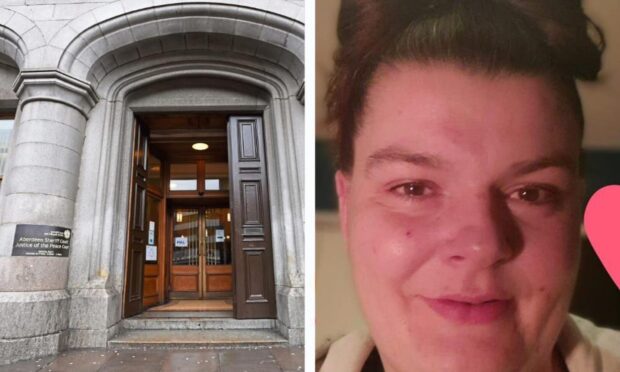A retired north-east GP has said that changes in attitudes among younger doctors have helped to transform the profession.
Dr Ken Lawton recently left behind his job after more than 35 years as a senior partner at Great Western Medical Practice in Aberdeen.
Yesterday, the 57-year-old called for a drastic increase in funding and support from the Scottish Government to address the crisis he believes primary care is facing.
But Dr Lawton has also claimed that shifting approaches to the profession from younger medics could also have a part to play to address some of the problems GPs face in Scotland today.
“When I was coming through, for better or worse, GPs still did all their on-call, and as out-of-hours became busier we moved to the cooperative system where all the GPs had a vested interest in it, and that worked really well,” he said.
“But there’s more and more people working part-time in general practice as well – for all the years I was in medicine I worked 10 sessions a week, and I worked eight sessions in patient contact. A session is half a day so I was able to give that continuity of care.
“Now, for varying reasons, folk that are coming into general practice are only wanting to do six sessions a week, or three, or four. So that takes away from their ability to have the continuity of care for patients.
“A lot of them are women who have family commitments but there’s an increasing number of young men who are coming in and it’s about having a balance between your work life and home life.”
However the Aberdeen University lecturer said he does not think the younger generation should be looked upon negatively for what is a trend across a number of industries.
He added: “I think like all professions there’s fewer and fewer people willing to be 100% at the office, they’re looking for that balance between family life and work life.
“I’m not necessarily criticising the next generation of younger doctors but they have different needs in their lives now.”










